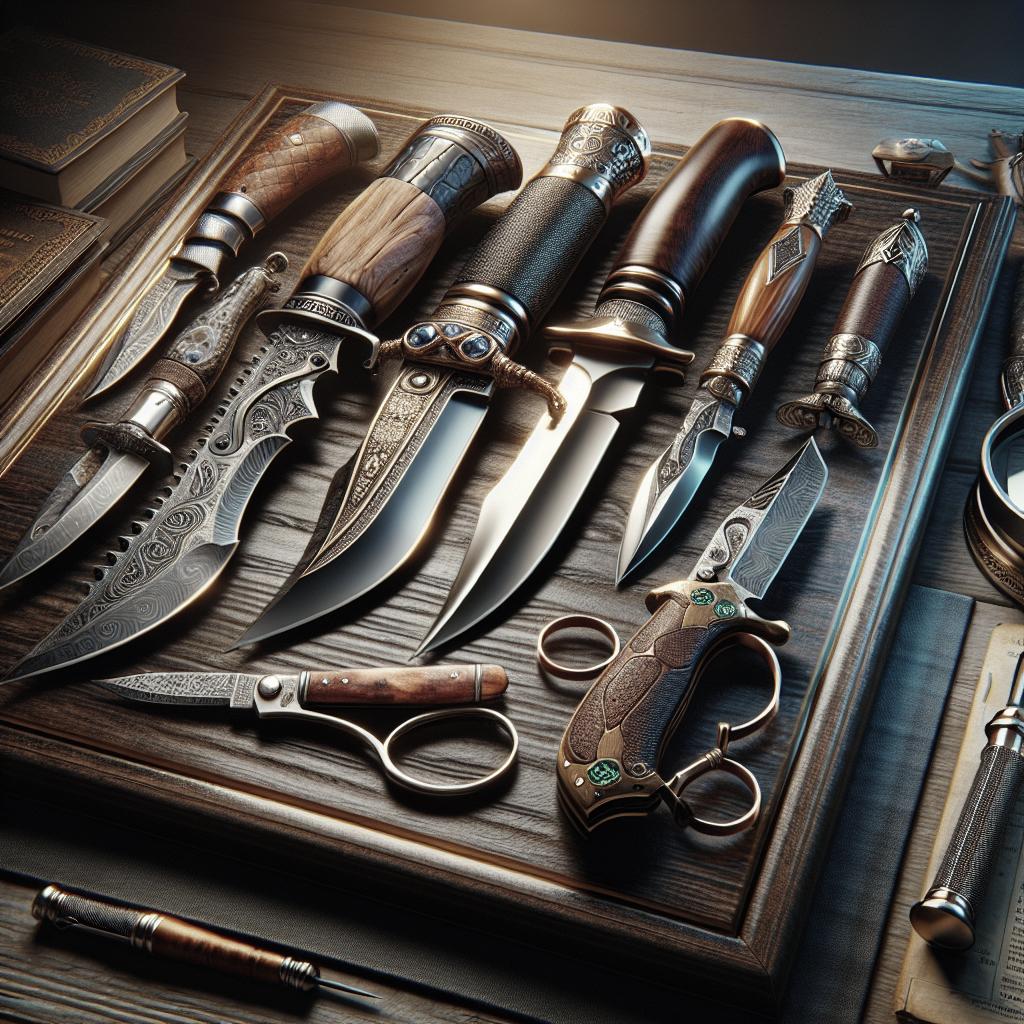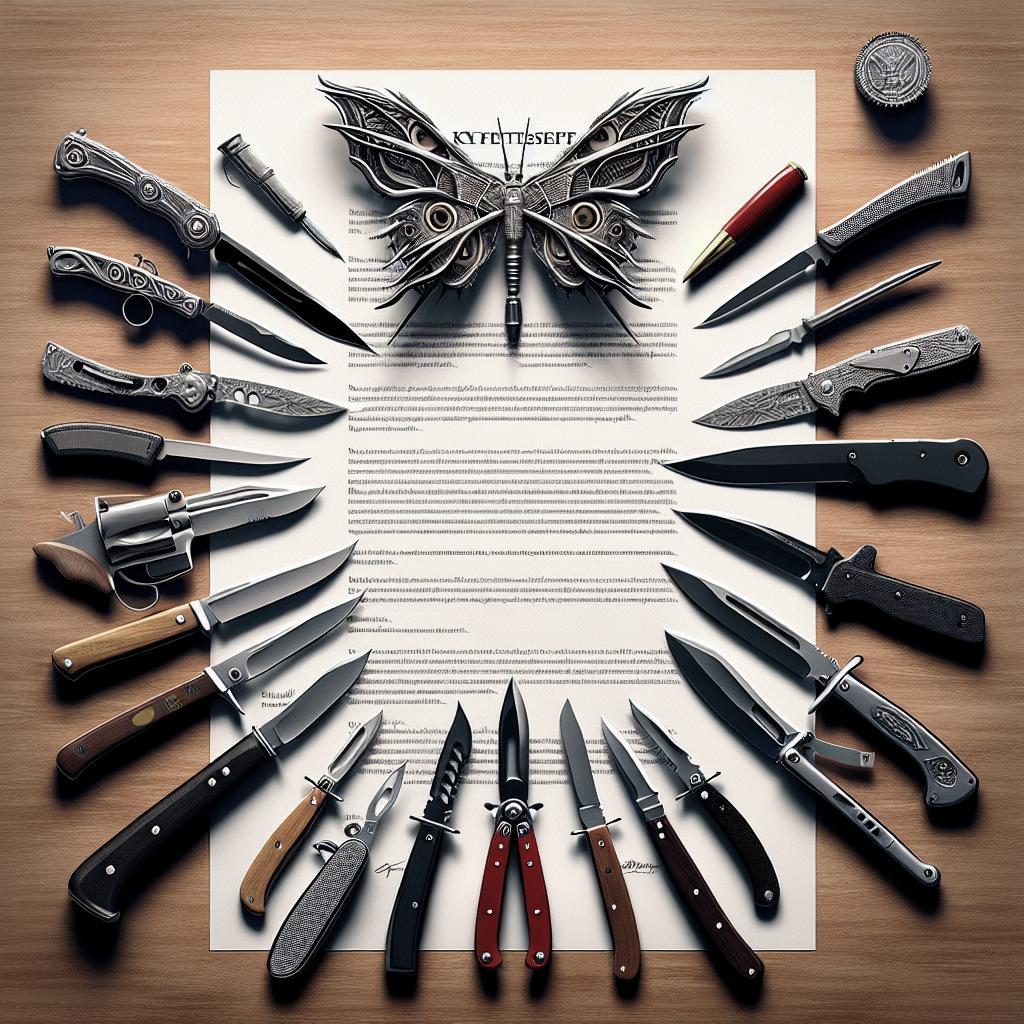Understanding Damascus Steel Knives
Damascus steel knives are revered for their striking appearance and superior quality, but what exactly makes them so special? This comprehensive guide delves into the history, manufacturing process, and unique characteristics of these coveted cutlery items. From their ancient origins to modern-day craftsmanship, we explore why collectors and chefs alike swear by Damascus steel. You’ll also find insights on selecting the perfect Damascus knife for your needs, as well as tips for proper care. Whether you’re a culinary professional or a home cooking enthusiast, this article will enrich your understanding of Damascus steel knives and help you make informed purchasing decisions.
A Brief History of Damascus Steel
The history of Damascus steel dates back to medieval times, originating in the Near East. This legendary material was known for its distinctive patterns of banding and mottling, reminiscent of flowing water. The exact process of forging original Damascus steel, often associated with wootz steel imported from India, has been lost to history. The material achieved renown for its incredible strength and ability to retain a sharp edge, which was especially prized during a time when quality steel was difficult to produce.
The legacy of Damascus steel has transcended time, with artisans and metallurgists continuously seeking to replicate its renowned qualities. By the 19th century, true Damascus steel had disappeared, and today, the term often refers to pattern-welded steel. Current techniques strive to simulate the vividly layered appearance and historical reputation for resilience and sharpness, ensuring that Damascus steel remains a symbol of prestige and craftsmanship in modern times.
How Are Damascus Knives Made Today?
Modern Damascus knives are usually crafted using advanced pattern-welding techniques, which involve folding and forging different types of steel together. High carbon and stainless steels are commonly combined to achieve a balance of strength, corrosion resistance, and edge retention. This process involves creating numerous layers, sometimes exceeding a few hundred, to mimic the characteristic wave-like patterns of traditional Damascus steel.
Artisans often employ selective acid etching and polishing techniques to emphasize the unique patterns that form through the pattern-welding process. This not only accentuates the aesthetics but also highlights the craftsmanship involved. Contemporary blacksmiths innovate continually, experimenting with new materials and forging methods to create Damascus knives that push the boundaries of both style and function while maintaining the storied heritage that makes these blades so revered.
What Makes Damascus Steel Knives Special, and Are They Worth It?
The allure of Damascus steel knives lies in their combination of functionality and artistry. Known for their unique patterns resulting from the layering and forging process, these knives are not just tools but also pieces of art. Beyond their beauty, however, Damascus steel knives are celebrated for their durability and sharpness. Quality Damascus knives can perform precision tasks with ease and retain an edge longer than many standard blades, which is invaluable for culinary professionals and enthusiastic home cooks alike.
The investment in a Damascus steel knife can be substantial, but for many, the benefits justify the cost. Aside from the practical advantages, these knives often carry a sentimental appeal due to their historical connection and the individual craftsmanship that goes into each piece. Though more expensive than typical knives, the longevity, performance, and artistry of a well-made Damascus knife often make it a worthwhile investment.
How to Pick a Great Damascus Knife
Selecting the perfect Damascus knife involves considering factors such as intended use, budget, and craftsmanship. Start by assessing the knife’s steel composition; higher quality Damascus knives typically involve stable layering of high-carbon and stainless steels. Blade appearance is crucial, but ensure the layering serves more than aesthetic purposes by opting for reputable brands or artisans known for quality production.
Equally important is the knife’s balance and ergonomics, as a comfortable, well-balanced knife enhances usability and reduces fatigue. For culinary applications, opting for a Damascus chef’s knife or santoku may offer versatile performance. Additionally, consider maintenance requirements; while some Damascus knives can be prone to rust if not cared for properly, others are engineered for durability. Pairing aesthetic appreciation with functionality assessments ensures you select a Damascus knife that is as reliable as it is visually impressive.
FAQs
What is Damascus steel?
Damascus steel refers to a type of steel noted for the distinctive patterns of banding and mottling reminiscent of flowing water. Historically, it was made from wootz steel, though today it is primarily pattern-welded steel. Its unique appearance and superior mechanical properties make it highly sought after for knives and swords.
Are Damascus steel knives good?
Yes, Damascus steel knives are considered excellent due to their sharpness, resilience, and visual appeal. They can maintain a sharp edge longer than many other knives, which makes them desirable for professional and home cooks looking for precision and efficiency. The pattern-welding technique used in modern Damascus knives enhances both beauty and functionality.
How do you care for Damascus steel kitchen knives?
To properly care for Damascus steel kitchen knives, hand-wash them shortly after use and dry them thoroughly to prevent rust. Occasionally applying mineral oil can help maintain the knife’s finish, especially if the blade includes high-carbon steel. Store Damascus knives in a dry, safe place, using a blade guard or wooden knife block to prevent damage.
Why We’re the Experts
Our expertise in Damascus steel knives stems from years of diligent research, hands-on testing, and collaboration with some of the most respected artisans in the field. We have tried and evaluated countless knives to distinguish those that offer true quality from those that prioritize aesthetics over performance. Our insights are driven by a commitment to inform and elevate our readers’ experiences with these remarkable tools.
We also stay abreast of innovations in metallurgy and design, ensuring our recommendations are grounded in a deep understanding of the nuanced differences that set exceptional Damascus steel knives apart. With a passion for craftsmanship and technology, we offer guidance that is both informed and practical.
Future Prospects
| Aspect | Details |
|---|---|
| A Brief History | The origins and heritage of Damascus steel, known for strength and intricate patterns. |
| Modern Manufacturing | Current techniques involve pattern-welding, creating visually striking and functional knives. |
| Special Features | Celebrated for their artistry and functionality, these knives are prized investments. |
| Selecting a Knife | Key considerations including material quality, balance, and maintenance ease. |
| FAQs | Common queries about Damascus steel and its benefits versus standard knives. |
| Expertise | Our insights stem from extensive research and collaboration with leading craftsmen. |


